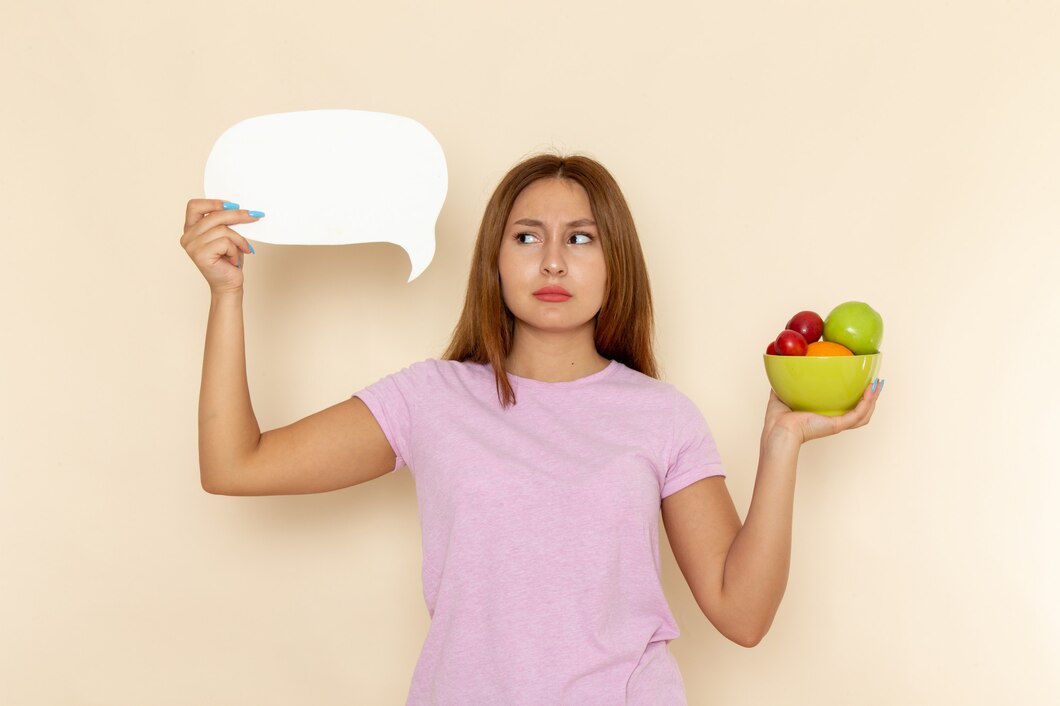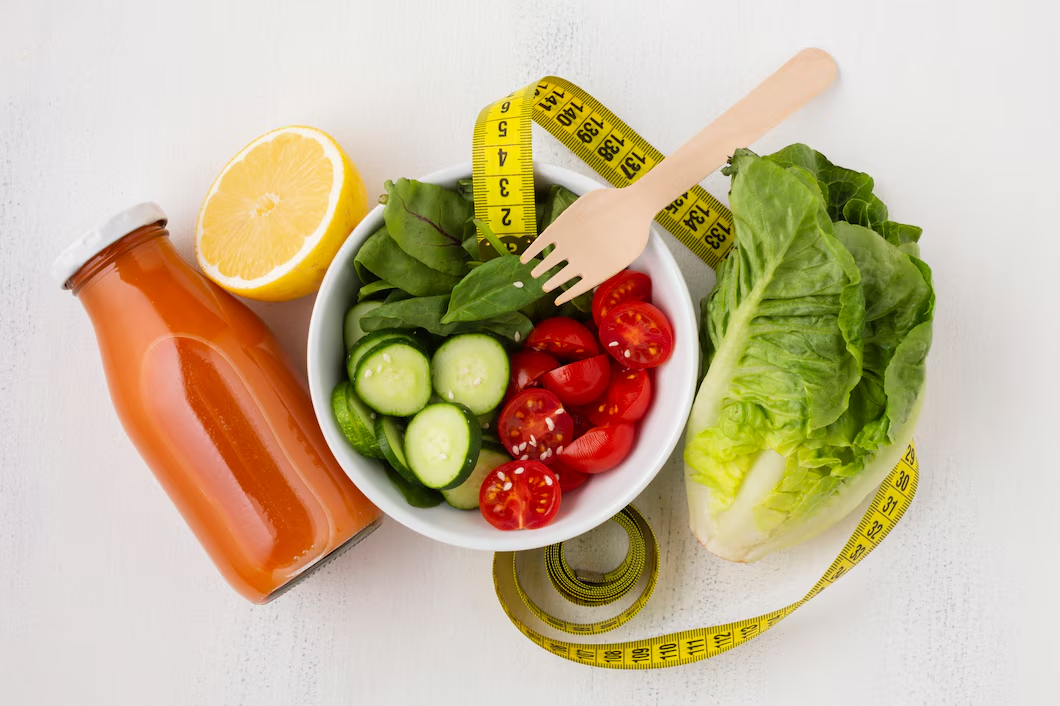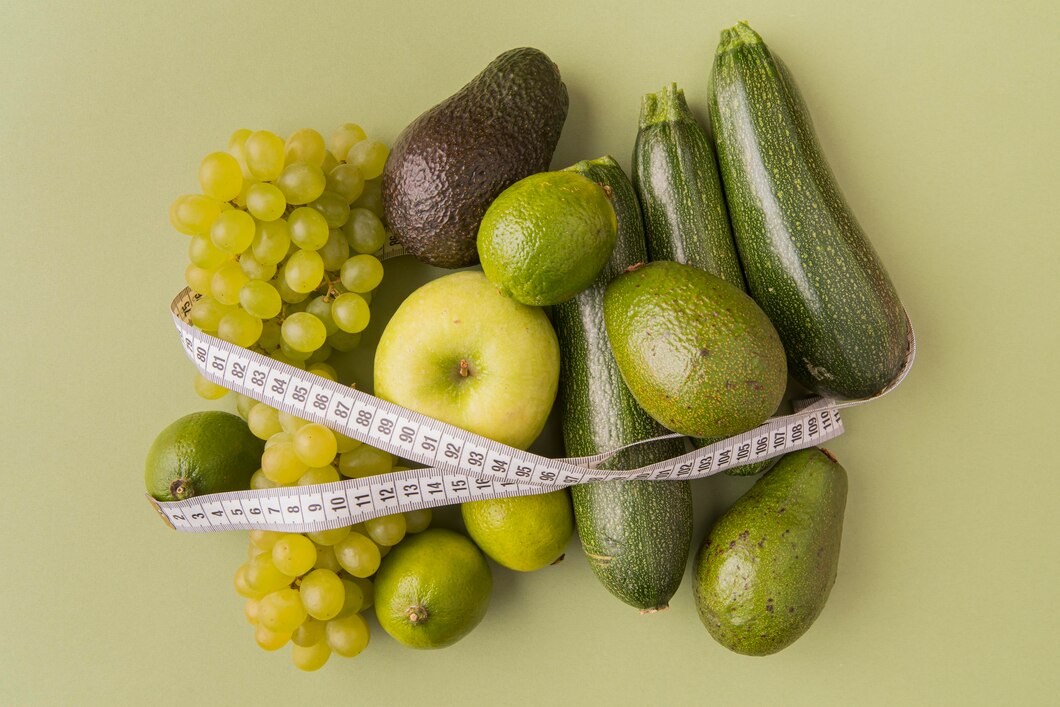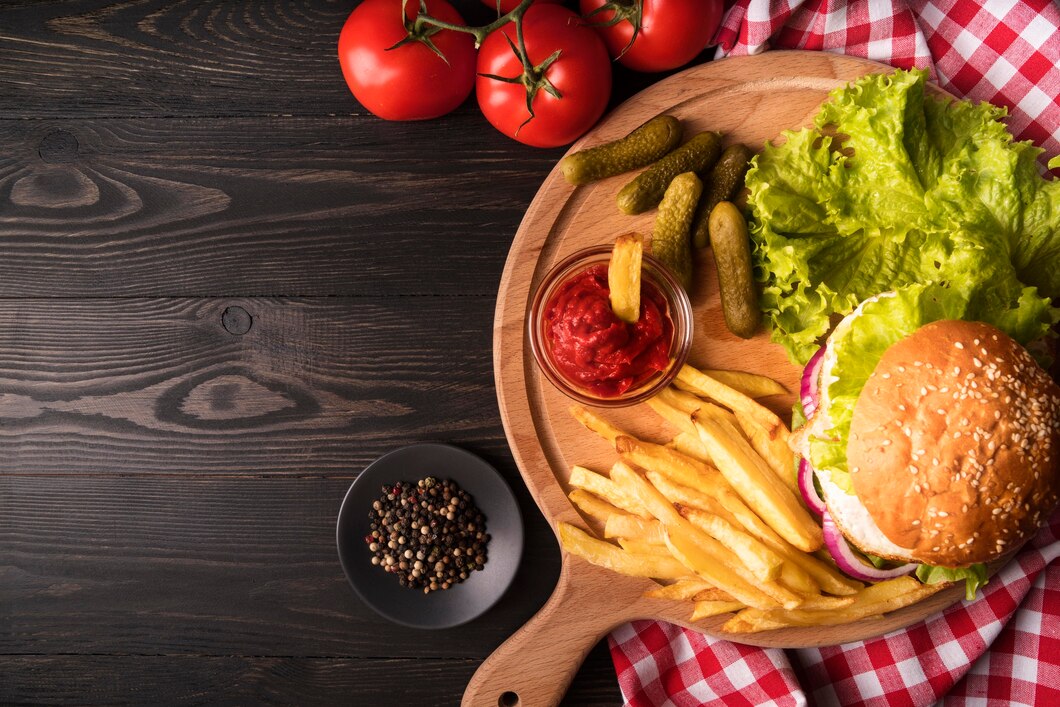In our increasingly health-conscious society, understanding what we eat has never been more crucial. With countless food options available and varying nutritional information, many individuals struggle to make informed dietary choices. Fortunately, food scanning technology has emerged as a game-changer, enabling us to decode the nutritional content of our meals more effectively. This comprehensive guide explores how a food scanner can enhance your understanding of your diet, help you track calories, and ultimately support your journey to lose weight.
The Evolution of Food Scanning Technology
Food scanning technology has evolved significantly over the years. Initially, nutrition labels were the primary source of information about food products. However, many people found these labels difficult to interpret, leading to confusion about serving sizes, ingredients, and nutritional content.
Today, food scanners have become increasingly sophisticated, utilizing advanced technology to provide real-time data about the foods we consume. These devices and apps offer detailed information about calories, macronutrients, micronutrients, and other relevant dietary information.
What Is a Food Scanner?
A food scanner is a device or application designed to analyze food items and provide nutritional information. Users can scan barcodes, take pictures of their meals, or input details manually to receive instant feedback about the food's nutritional content. This technology empowers individuals to make more informed choices by giving them insights into their diets that were previously difficult to access.

Benefits of Using a Food Scanner
Integrating a food scanner into your daily routine offers numerous advantages, including:
- Enhanced Awareness: Scanning your food helps you become more conscious of what you eat, promoting healthier choices.
- Accurate Tracking: A food scanner allows for precise calorie tracking, making it easier to manage your weight.
- Personalized Nutrition: Understanding your dietary needs enables you to tailor your meals to your specific health goals.
- Convenience: Many food scanning apps provide quick and easy access to nutritional information, making meal planning simpler.
How Food Scanning Works
Food scanning technology relies on a combination of barcode recognition, image processing, and database lookup. Here’s how it typically works:
Scanning the Food
Most food scanners allow you to scan a barcode or take a photo of the food item. Barcode scanning is particularly useful for packaged products, while image recognition can be employed for fresh produce or home-cooked meals.
Analyzing Nutritional Information
Once the food item is scanned, the scanner analyzes the information in its database to provide details about the food's nutritional content. This may include:
- Calories
- Macronutrients (carbohydrates, proteins, fats)
- Micronutrients (vitamins and minerals)
- Ingredients and allergens
Tracking Your Intake
Many food scanners also function as calorie trackers, allowing you to log your meals and monitor your daily intake. This feature is particularly valuable for individuals looking to lose weight or maintain a healthy lifestyle.
Using a Food Scanner for Weight Loss
If you're looking to lose weight, a food scanner can be an invaluable tool in your journey. Here’s how to leverage this technology effectively:
Set Clear Goals
Before you start using a food scanner, it's essential to define your weight loss goals. Determine how much weight you want to lose and set a realistic timeframe for achieving this objective. Establishing clear goals will give you direction and motivation throughout your journey.
Track Your Caloric Intake
One of the primary reasons people struggle with weight loss is underestimating their caloric intake. A food scanner enables you to accurately log your meals, ensuring that you stay within your desired calorie range. To use the scanner effectively:
- Scan everything you eat, including snacks and beverages.
- Pay attention to serving sizes and adjust as necessary.
- Monitor your daily calorie count to maintain a deficit for weight loss.
Analyze Your Nutritional Content
In addition to tracking calories, it's crucial to analyze the nutritional content of your meals. A food scanner provides insights into the macronutrient composition of your diet, allowing you to make informed decisions. Aim for a balanced diet that includes:
- Lean Proteins: Incorporate sources like chicken, fish, legumes, and tofu to support muscle maintenance during weight loss.
- Whole Grains: Opt for whole grains like quinoa, brown rice, and oats to provide sustained energy and fiber.
- Fruits and Vegetables: Load up on colorful fruits and vegetables to ensure you get essential vitamins and minerals.
- Healthy Fats: Include sources of healthy fats like avocados, nuts, and olive oil in moderation.
Identify Patterns and Make Adjustments
As you track your food intake, you may notice patterns in your eating habits. Use this information to make adjustments as needed. For example, if you find that you often exceed your calorie limit in the evenings, consider planning healthier snacks or adjusting your portion sizes during dinner.
Stay Consistent and Patient
Weight loss is a gradual process, and consistency is key. Using a food scanner can help you stay accountable and motivated, but it’s important to be patient and recognize that results may take time. Celebrate small victories along the way to keep your motivation high.

Common Features of Food Scanning Apps
When selecting a food scanner or calorie tracker, it's important to consider the features that will best support your dietary goals. Here are some common features found in food scanning apps:
Barcode Scanning
Most food scanning apps come equipped with barcode scanning capabilities, allowing you to effortlessly scan the barcodes on packaged foods. This feature simplifies the process of accessing nutritional information, enabling you to make informed choices about what you eat. By simply pointing your device's camera at the barcode, you can quickly retrieve data on calories, macronutrients, and other relevant dietary information, making it a convenient tool for anyone looking to monitor their nutritional intake.
Image Recognition
In addition to barcode scanning, many food scanning apps utilize advanced image recognition technology. This allows users to take photos of their meals for analysis, providing valuable insights into the nutritional content of fresh produce and homemade dishes. This feature is particularly beneficial for those who prefer to cook at home or want to ensure they are accurately tracking their food intake when dining out. By simply snapping a picture, you can receive instant feedback on the ingredients and nutritional values of your meals, making it easier to stay on track with your dietary goals.
Nutritional Database
A comprehensive nutritional database is a crucial component of any effective food scanning app. This database should include a wide range of foods, covering everything from common grocery items to restaurant meals and brand-name products. When selecting an app, it's essential to ensure that its database is extensive and regularly updated. This will not only enhance the accuracy of your nutritional tracking but also provide you with a broader understanding of the food options available to you, helping you to make healthier choices consistently.
Meal Logging
Choose a food scanning app that makes meal logging easy and intuitive. The ability to log your meals effectively is vital for maintaining awareness of your caloric intake and nutritional balance. Many apps feature user-friendly interfaces that allow you to quickly input or scan your meals, enabling you to keep a detailed record of what you eat throughout the day. This feature can be incredibly beneficial for those looking to lose weight, as it helps you identify eating patterns and make necessary adjustments to your diet.
Goal Setting and Progress Tracking
Another significant feature offered by many food scanning apps is the ability to set goals and track your progress over time. This can include establishing weight loss milestones, monitoring your daily caloric intake, and analyzing your macronutrient breakdown. By setting clear goals and using the app to track your progress, you can stay motivated and accountable throughout your weight loss journey. Additionally, these features can provide valuable insights into your eating habits, helping you to identify areas for improvement and celebrate your successes along the way.
Integrating Food Scanning into Your Daily Routine
To maximize the benefits of food scanning, it's important to integrate this practice into your daily routine. Here are some tips to help you get started:
1. Make It a Habit
Consistency is key to successfully using a food scanner. Make it a habit to scan your food before meals, during snacks, and even while dining out. The more regularly you use the scanner, the more intuitive the process will become.
2. Plan Your Meals
Meal planning can enhance your food scanning experience. By planning your meals in advance, you can ensure that you have healthy options readily available, reducing the temptation to choose unhealthy foods on the fly.
3. Get Creative
Experiment with different foods and recipes to keep your diet interesting. Use your food scanner to analyze new ingredients, track your meals, and discover healthier alternatives.
4. Share Your Journey
Consider joining online communities or social media groups focused on health and nutrition. Sharing your journey with others can provide support, motivation, and accountability.
Potential Drawbacks of Food Scanning
While food scanning offers many benefits, it's essential to recognize potential drawbacks as well:
Information Overload
With so much data available, it can be overwhelming to process all the nutritional information. Focus on the key aspects that align with your health goals to avoid confusion.
Accuracy of Scanning
Occasionally, food scanners may not have the most accurate information for certain foods, particularly homemade dishes. It’s important to use your best judgment and verify nutritional content when necessary.
Potential for Obsession
Some individuals may become overly fixated on tracking every calorie, leading to unhealthy behaviors. It's crucial to maintain a balanced approach to nutrition and avoid extremes.
Food scanning technology has revolutionized how we understand and manage our diets. By utilizing a food scanner, you can gain valuable insights into your food choices, accurately track your calorie intake, and make informed decisions to support your health goals. Whether you're aiming to lose weight or simply improve your overall nutrition, integrating food scanning into your daily routine can empower you to take control of your dietary habits. Embrace this technology, and let it guide you on your journey toward a healthier and more informed lifestyle!



